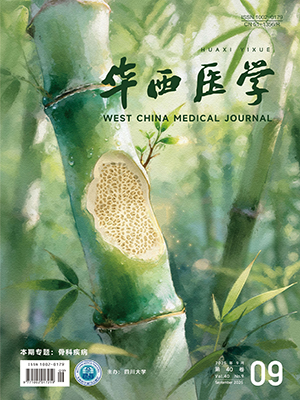【摘要】 目的 探讨如何通过流程优化应对体检高峰期。 方法 通过体检高峰期流程优化前后(2008年与2010年)的管理成效对比,评估高峰期流程控制的有效性。 结果 体检高峰期流程优化后,平均候检人数由8人下降至3人、平均侯检时间由11.9 min下降至4.2 min,平均体检时间由175 min下降至130 min。体检者对体检环境、服务态度和服务质量的满意度均高于优化前,差异有统计学意义(P lt;0.05)。 结论 通过流程优化与控制有效地缓解了高峰期体检人员等候时间过长现象,极大地提高了体检者满意度,保障了健康体检工作质量。
【Abstract】 Objective To explore how to cope with the peak flow of physical examination through the process optimization. Methods Evaluate the utility of the process control at physical examination peak flow, by contrasting the management effect before and after the physical examination peak flow optimization (2008 and 2010). Results After the process optimization in peak flow, the average number of people waiting to be checked is down to 3 from 8, the consumers′ satisfaction with the medical environment, service attitude and the service quality is higher than before optimization, the difference was significant (P lt;0.05). Conclusion Through the process optimization and control effectively relieve the time for waiting to be examined, greatly enhance the satisfaction of people who take physical examinations and ensure the quality of physical examination.
Citation: CHEN Beibei,ZENG Li. The Optimization and Control of Process in the Peak Flow of Physical Examination. West China Medical Journal, 2011, 26(10): 1571-1573. doi: Copy
Copyright © the editorial department of West China Medical Journal of West China Medical Publisher. All rights reserved




